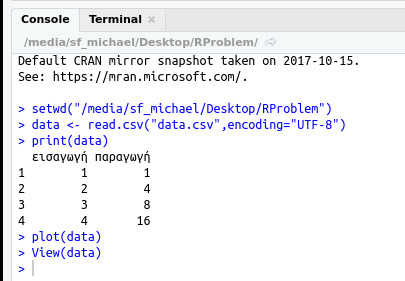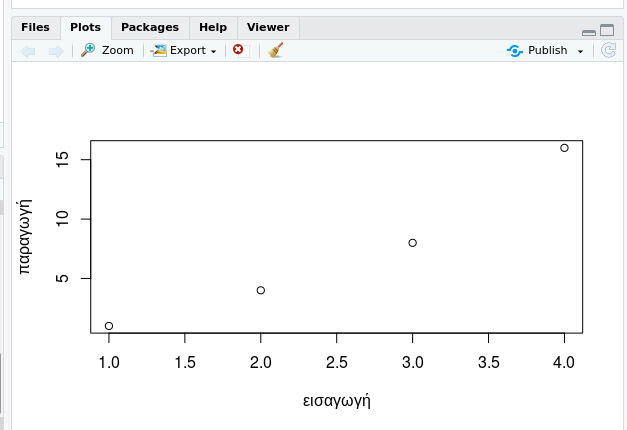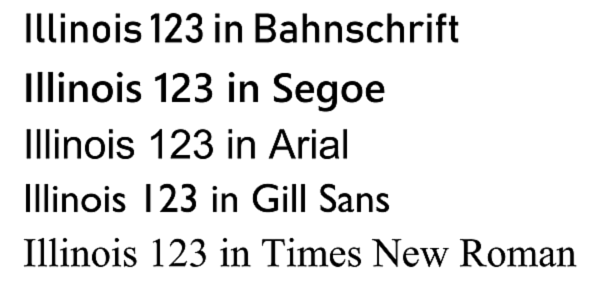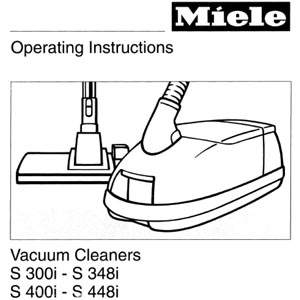|
Will sexual harassment finally go out of style?
[Minor revisions.]
I am heartened by the way our popular culture is, at least temporarily,
coming to its senses about sexual harassment and exploitation of women.
First Hugh Hefner died, and — surprise! — he wasn't hailed as
a hero of women's liberation, but rather as a villain of their exploitation.
Almost nothing good has been said about him.
Then Harvey Weinstein's misdeeds caught up with him, and apparently he's
the first of several high-profile cases.
And the "Me, too" campaign has encouraged women to tell their stories.
Many of us are aghast at the amount of harassment that almost all women have had to
put up with in civilized environments.
It ranges from catcalls and inappropriate flirting all the way up to —
surprisingly often — threats of rape.
Maybe people are coming to their senses.
Maybe this is more than a flash in the pan.
Let's make some lists.
Things that help solve the problem:
(1) High-profile cases of men losing their jobs and careers because they
have harassed and abused women.
This is the only example that a lot of people will learn from.
Not being an abusive man, I don't entirely know how their minds work,
but I think what has happened is that they live in a fantasy world —
they have tuned out almost all warnings that what they are doing is wrong.
But when they see careers come crashing down, and see that even the rich
and famous are not immune — that they are condemned as exploiters,
not admired as playboys — maybe they'll listen.
(2) Women, men, parents, and friends who make it crystal-clear that
harassment is wrong.
People just aren't getting the message. We need to say it louder.
And some men are genuinely mistaken about what (most) women consider flattering
vs. annoying. No, they don't enjoy catcalls or double-entendre flirtation
from strangers or near-strangers.
(3) Women who are willing to object loudly and strongly when they can
— verbally, administratively, legally, or even physically.
My daughters have been taught to fight to maim if physically abused.
Or else bring legal penalties. Or both.
(4) Women high up in the management chain in businesses and organizations.
Harassment happens particularly when all the women are subordinate to all the men.
Let's get away from that.
(5) Men in management positions who make it clear that sexual harassment is
intolerable and the guilty will take the consequences of their actions.
That's the main thing I've been able to do, in years of having some administrative
responsibility at the University of Georgia.
I never handled a serious case of sexual harassment, but I probably prevented some,
working with my colleagues.
We made sure the right warnings were given at each year's orientation and
that people knew where we stood.
(6) Legal departments and liability insurance carriers that care.
That's how we got rid of secondhand smoke, after all; maybe it's how we can
get rid of a worse pest.
Things that make the problem worse:
(1) Abusive men, and other men who tolerate and encourage them.
If your friend threatens to commit a crime (yes, sexual assault is a crime),
don't chuckle or grin. Warn him the same way you'd warn him if he were
about to rob a bank. And if he is about to make a pest of himself, clue him
in that it's not a wise thing to do.
(2) Those who ignore the warning signs.
Harassment is usually a long-established habit.
If you see or hear evidence that
something improper is going on, and you are in a situation to discourage it
or to bring it to the right person's attention, you have a duty to do so.
(3) Women who "play the game."
I've encountered them — women who want to go over the line
because they think there will be rewards. (Think of the Hollywood casting couch.)
They think they can manipulate the men who are trying to manipulate them.
These are not numerous, but some of them speak loudly, and say, in essence,
"You have to play the game to get ahead. I played the game and benefited
from it. If you're not willing to play the game, get out of the workplace."
Bah humbug!
(4) Cynics. "It will always be that way, there's nothing you can do..."
Cynics are people who brag about how bad things are — who feel superior
because they have seen through our naive idealism, they see that our attempts
to make things better are futile, they "see through" everything.
C. S. Lewis pointed out that to "see through" all things is the same as not
to see them.
(5) Entertainment that spreads misunderstanding.
I have long distrusted "men's entertainment" and the men who will believe
a fantasy story in a magazine rather than the plain words that women speak to them.
(6) Anyone who discourages others from making the situation better.
As a chemistry professor once said, "If you're not part of the solution,
you're part of the precipitate."
Red herrings (things that sidetrack us):
(1) Prudery.
The notion that sexuality is shameful leads people to see
wrongdoing where there is none. And then they're out of touch with
reality. "He was alone with her for 15 minutes; they must be up to
some hanky-panky." No; they were cleaning out the stockroom.
Being out of touch with reality is not a virtue.
(2) Pouncing on momentary fumbles.
Anyone can momentarily say or do something that is open to misinterpretation.
We don't want to crucify people for accidental speech errors.
(As a linguist, I know better than most people that talking is a demanding
activity, and people blunder while doing it.)
Abuse comprises either words or acts that are clearly over the line,
or consistent patterns of behavior.
And those patterns are often very long-standing before someone is held
responsible.
(3) Gossip.
Spreading gossip about people's alleged abusive behavior can be very destructive.
If you have concrete grounds for suspicion, bring them to the right person,
someone with administrative responsibility, if possible.
Don't spread it to your friends at random.
Victims don't want their stories publicized, often inaccurately,
by third parties.
There is such a thing as false accusation.
There are people who want to ruin others' reputations with lies.
Don't let them use you.
That it itself a form of abuse.
I should add that allegations should be investigated fairly.
There should never be an expectation that people will believe allegations on
scant testimony without investigation. But real cases of abuse are common
and are often easy to substantiate, especially since one perpetrator usually
has many victims.
Permanent link to this entry


|




















